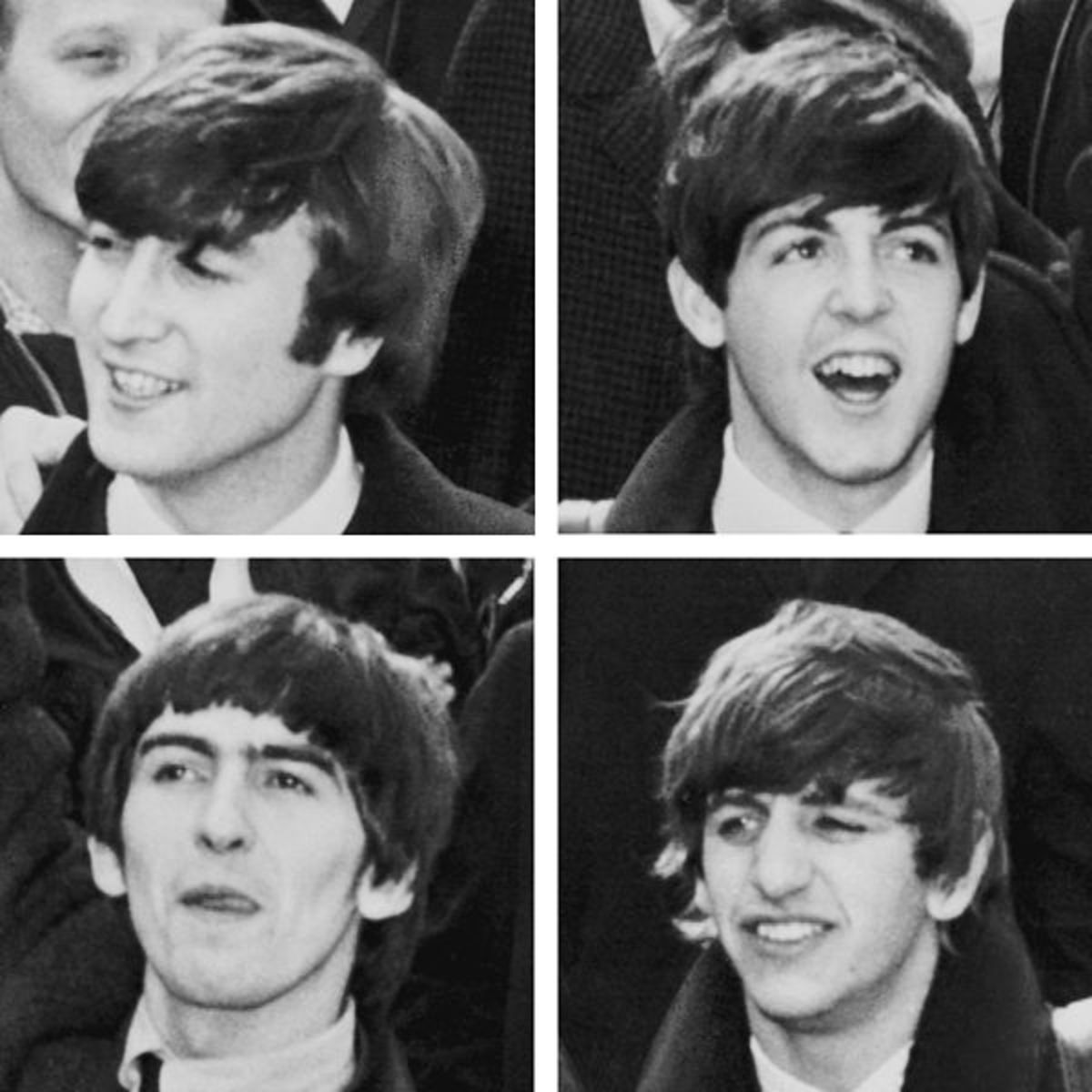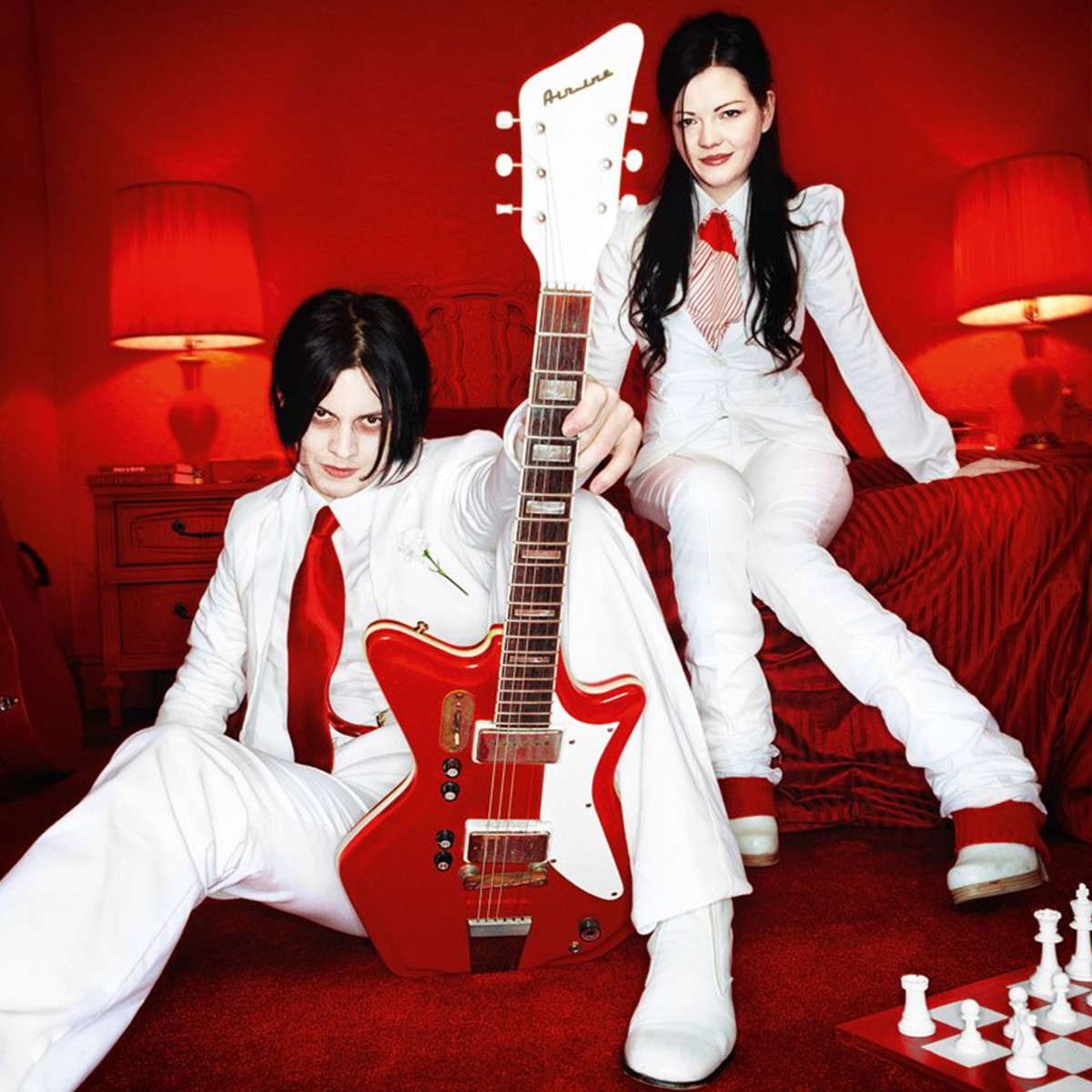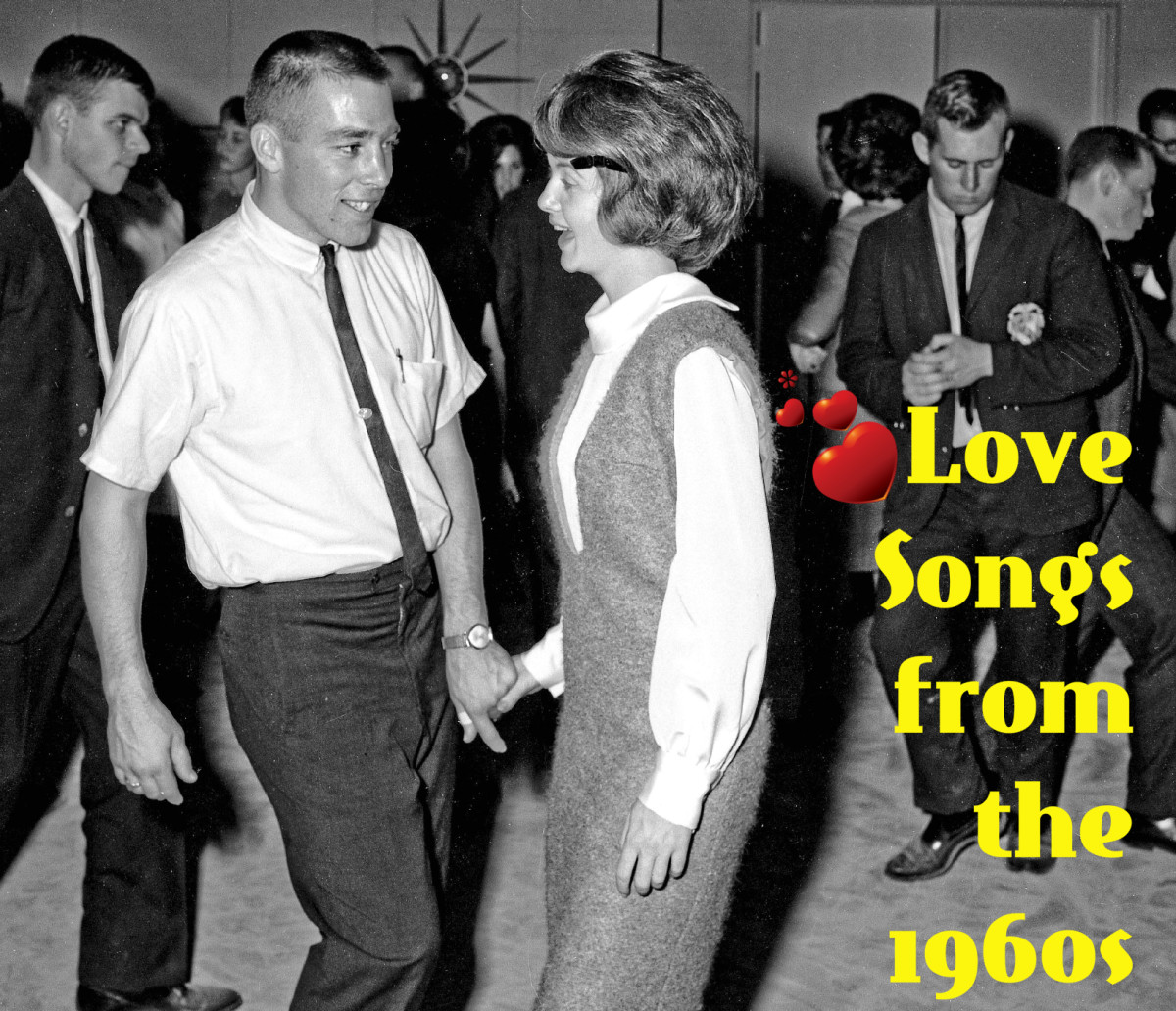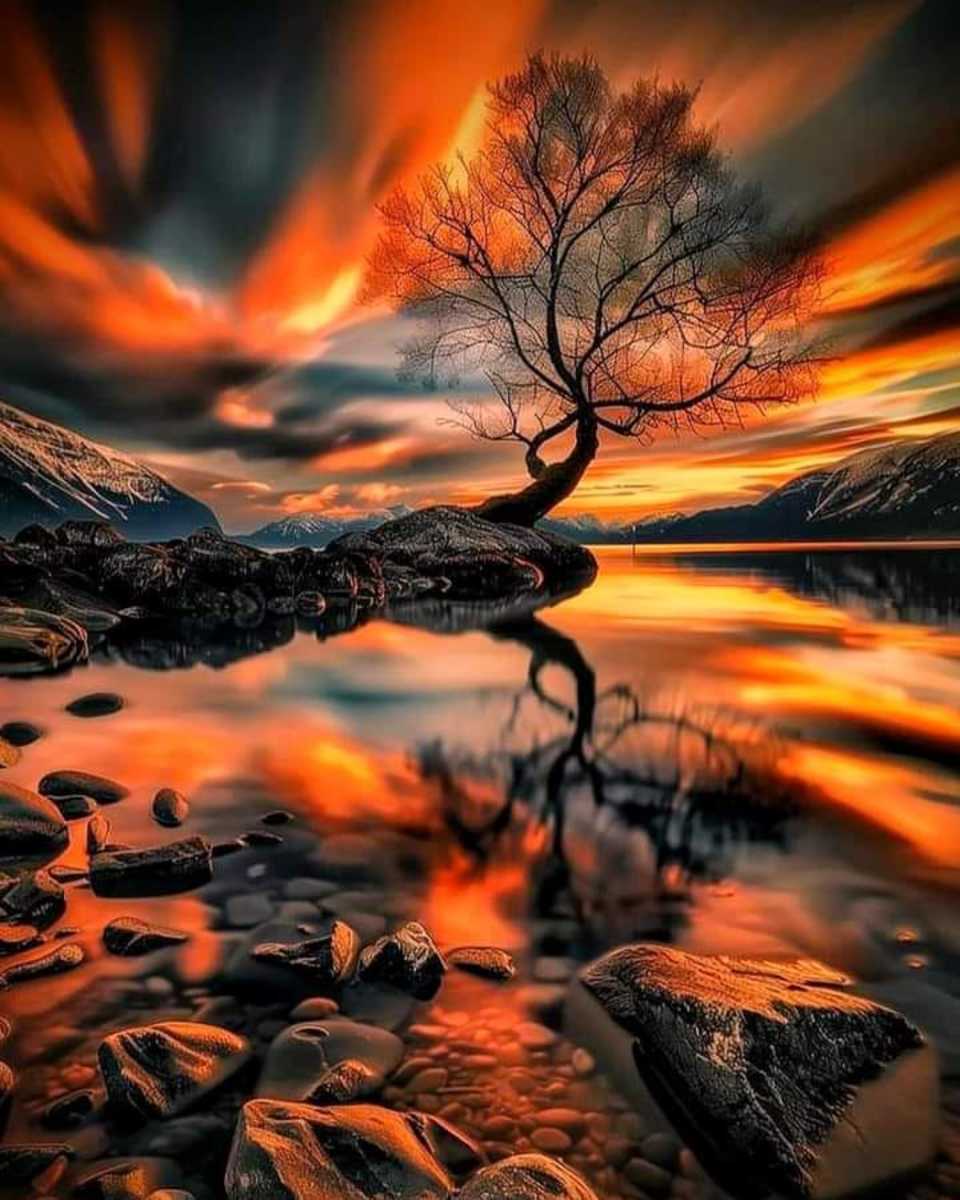The Six Greatest of All Arts-Rock Music

Back to Black: Rock, a Cultural Revolution
While some of the greatest arts capitalized on their inherent quality to arrest the listener, viewer or other audiences, rock, like no other form tapped on the culture of the people and changed the scene of the humanities for good. However, before considering what actually ‘cultural revolution’(Mayberry, 1), of rock and roll of the ‘50s and early ‘60s fawned, here is a rundown on a few aspects that have made rock come up as its personal lord at changing the way people no longer have qualms about what the public, government or other entities have to say about them.
The Strings or the Voice?
Listening to Bohemian Rhapsody, all one hears is the harmonious interchange of Fred Mercury’s powerful voice with the chorus and piano chords. However, with Foxey Lady by Jimi Hendrix, the strum of the guitar is the experience that really steals the show. In short, more than any other art, rock has the distinctive aspect indemnifying one artist against another to achieve his or her greatness through one overpowering section of the two parts of a whole, either the voice or the instrument.
The Political Revolution
It does not take one to listen to the pseudo-political ideas in Revolution by the Beatles to fully grasp the strain of apathy against the system or even the pain of the punk generation in the revolutionary album by the Clash, London Calling. Indeed, rock is all about releasing the angst in the youth, for in fact, before it spilled out of control into an arguably adult genre, it was meant to be a whole new, commercial music for the ‘teenage’(Zocalo, A1) generation of the bombastic age, the sixties. Though the ‘punk’ (Openculture.com, A1) era in the British Isles would not be fully realized until the mid-seventies, specifically during the period of radical productions by the group the Sex Pistols, one could still feel the strains on both sides of the Atlantic via the palpable politics in a music that was a supposedly for teenagers. The very titles of singles by the above archetypical band were anarchist in nature and some even politicized court rulings on whether they should retain their titles or not.
On the above score, perhaps only books and paintings preceded rock in spawning controversy with political undertones: This brings to mind the novel, The Tropic of Cancer by Henry Miller and The oil painting, Virgin of the Rocks by Leonardo da Vinci, which, according to Dan Brown (2005) in his novel on the painter, it had several depictions of symbolic acts over the Madonna and her child. However, rock remains a popular front, more proactive than the aforementioned arts because the latter are basically dormant, but the former remains fresh in the memory of listeners and followers of bands and their gigs.
Social Revolution in the Making
The genesis of rock is, of all arts in this comparative study of greatness, more practical, and almost artificial, to think of. For instance, while film was a result of scientific experimentation with cardboard and film reels to bring about the art of cinematography that climaxed with the first creative attempt , actually at ‘comedy’(precinemahistory.net, a1) when Lumiere brothers featured themselves and a boy in a shot, rock, before full maturity in the fifties, had always been there in the 1940s simmering under different subgenres. Socially, it is the black and white cultures that were bubbling under, producing such greats as Chuck Berry, who pioneered the blues and rock and roll as we know it, but that was before the two social fronts merged. Then there came the master who discovered Elvis and made rock a fusion of two cultures that were conducive to the major audiences, white and African Americans, making a bluesy-country an orderly mishmash that would become rock. Indeed, this was the lacking formula that would make African music come to white households to the extent that Bob Dylan’s voice sounded so equally a black and white country schooner’s that one could not differentiate the two.
All Under One Umbrella
No art has ever scurried through the annals of time without paying the price of innovation, sometimes progressive, other times retrogressive. With paintings, various artists like Matisse, had to wait until they were past forty, to come up with such styles as Fauvism. Tchaikovsky had to compose Piano no.1 & 2 as a whole new experience that would meet with dissent before achieving critical acclaim. However, with rock, it has always been a massive five-member collective act that, more true than other inspirational madness as Ludwig(1995) claimed, (insisting that all humanities are normally resultant of mad inspirations by muses) has gained notoriety for promoting new genres. From R &B from which rock was born, to pre-rock blues, through rock and roll, progressive, punk, symphonic, operatic, hard metal to modern rock and many strains in-between, it is never hard to find artists who do their creative ravings real kindness by clinching excellence. For instance, as late as 1994, Nirvana’s front man, Kurt Cobain achieved a kind of immortality by practicing Grunge, that alternative rock sound that pierced the ears with bass guitar even as the ear flaps closed against the screaming hoarseness of the angst-filled voices. Yet, despite it all, Smells like Teen Spirit is controlled genius.
Summary and an Epiphany
What makes popular music outstanding as an art, however, is not all the above. It is neither the social fusion between the north and south of America nor is it the springing of many genres, bringing about the social revolution, or even inspiring radio to play music, but actually, the individual effort behind it all.
Sure, books inspire authors to a degree that makes them almost morbid and physically sick, as Truman Capote claimed (‘it almost killed me’) after writing his controversial work, In Cold Blood( Ludwig, 3), but artists believe so much in their work and sweat it out in a studio for so long, that they go beyond morbidity into mixing their blood with chemicals for their studio albums, as some metal acts in the late and early '90s did.
Secondly, because radio brought about that feeling of escapism, especially at night for any American who wanted to listen to his favorite old ballad without the government shutting him or her out, it is true that rock artists inspired the population into suddenly wanting to be alone, by imbibing genius on a tape or radio at a place they could not afford before: their own home. Before, one usually heard classical music in practice behind closed doors as a piano strumming away the hours in a music lover’s room, but now with rock, one could listen whenever, wherever, without touching a harpsichord. Dylan could do it for them, and now modern rock stars can do it for any teenager out there.
Finally, with rock, everything comes with some kind of vengeful avidity. After the storm of listening to the clash of guitars and hoarse voices of grunge, all at war with the world, there follows a gig and, as news writers always reveal, nothing is as inviting to the masses as a rock show.
Furthermore, initially a label-controlled, art, this music genre now has opened borders' crossings for indie artists to do it independently and still find success.
It is the only example of an art that is spirited enough to push the boundaries of escapades to and fro the blackness of the present.
Even as you read the final part of the Six Greatest of All Arts, film, you might want to recap on the preceding highlights:
References
Ludwig A., M. (1995)The Price of Greatness: Revolving the Creativity and Madness Controversy, The Guilford Press, NY.
Public Square. Z., (2015) Was Rock N’ Roll America’s Greatest Revolution? Retrieved from: http://fortune.com/2015/02/25/was-rock-n-roll-americas-greatest-revolution/
Maybeerry, C. U., Sam Philips, Elvis & Rock N’ Roll: A Cultural Revolution. Retrieved from: http://uncw.edu/csurf/Explorations/documents/mayberyrclifford.pdf
The Sex Pistols’ 1976 Manchester “Gig That Changed the World,” and the Day the Punk Era Began. Retrieved from: http://www.openculture.com/2015/06/the-sex-pistols-1976-manchester-gig-that-changed-the-world.html
The History of the Discovery of Cinematography, Retrireved from: http://precinemahistory.net/1895.htm








